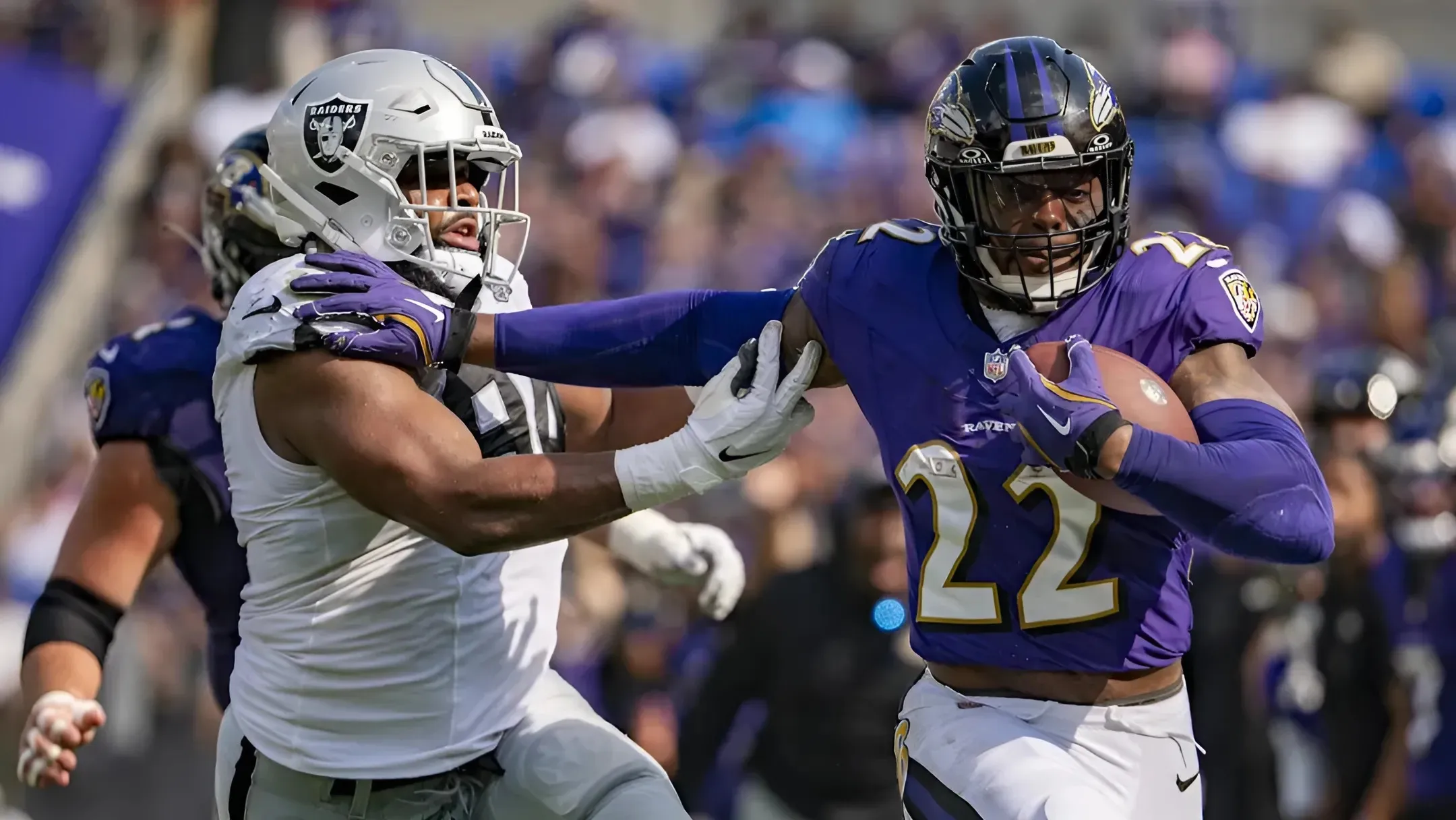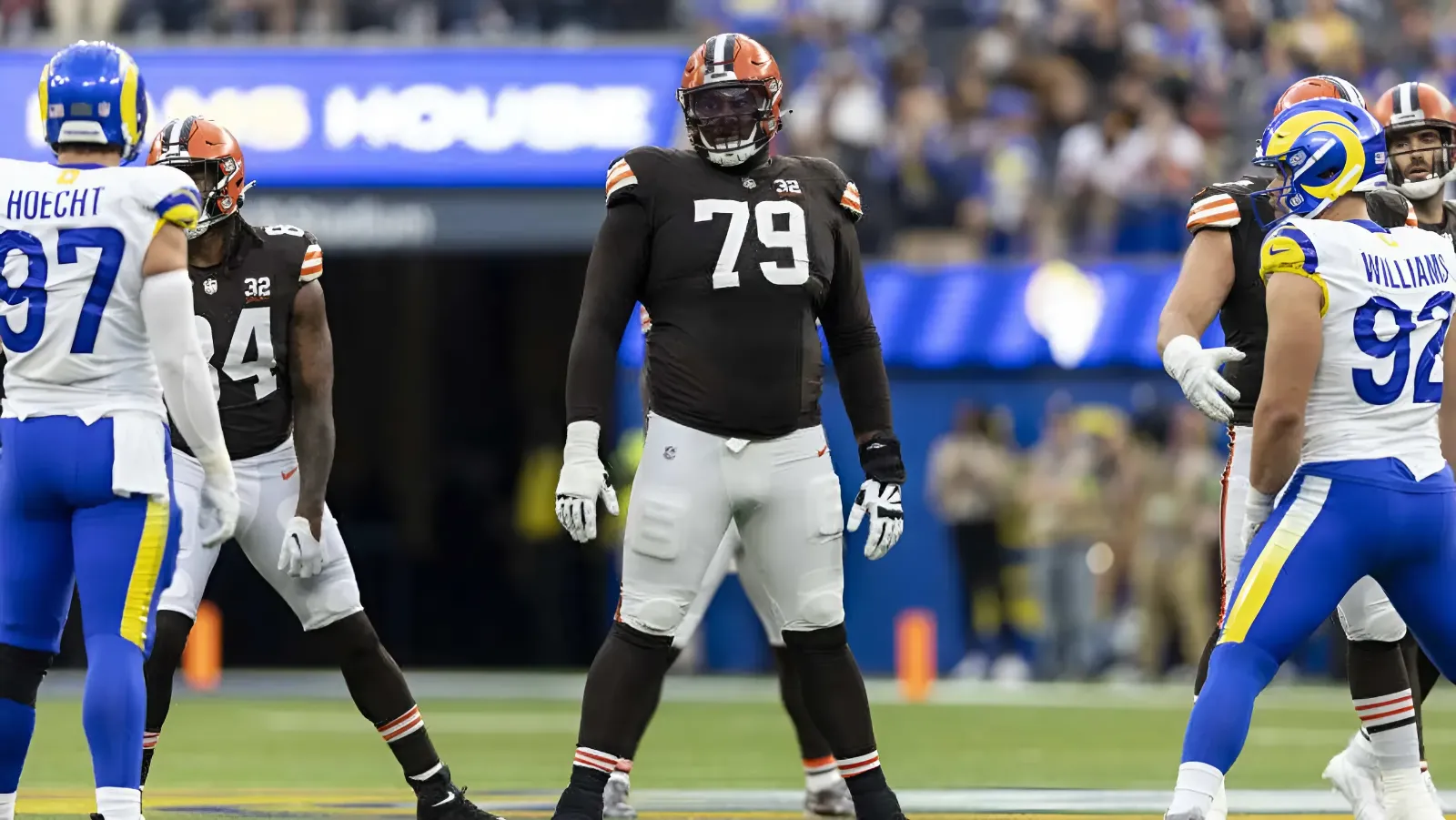With 10 goals in 14 games, Connor McMichael is having his breakout season at long last. Two years after ex-coach Peter Laviolette refused to play him, the 23-year-old now ties Alex Ovechkin in goals.

It’s been a long time coming, but it’s been coming all along.
Way back in 2021-22, I was convinced McMichael was getting low ice time and healthy scratches because his shifts were haunted by bad goaltending. I’m still convinced of this, by the way. No growth. But even in those early outings, McMichael was a player type I call shoot-y: where their most critical quality is the ability to create shooting opportunities and the willingness to actually take those shots. (I guess that’s two qualities.) McMichael was shoot-y in his first full season, but then he crashed in his sophomore year.
There’s a lot of ways to think about that second-year slump, and a lot of it rhymes with blahviolette, but in any case it was a sharp disappointment. McMichael switched from wing to center, the team overall was decaying, and his individual offense crashed. But 2023-24 showed improvement under Spencer Carbery, and 2024-25 has been an explosion.

McMichael is firing 19 shots towards the net per hour of five-on-five ice time, ranking him 17th out of 346 forwards who’ve played at least 120 minutes.
Weighing those attempts by their quality – i.e. how likely each attempt is to become a goal, also known as expected goals – McMichael is extraordinary.

He’s in first place. In the whole league. Higher, incidentally, than another Connor Mc: Connor McDavid, the best player on the planet, who places 19th.
McDavid has 12 goals in 13 games (as of Tuesday); he’s no slouch. Don’t sleep on Connor McDavid. That’s my advice to you. Actually, I’ll go out on a limb: I’d argue that he’s still the best Connor Mc in hockey.

That is a Regularized Adjusted Plus-Minus (RAPM) chart from Evolving Hockey. Basically, each bar represents the player’s performance compared to average at a different metric: goals, expected goals, shot attempts, opponent expected goals, and opponent shot attempts. Those are all on-ice stats – for the player’s whole team while he’s on the ice – not individual stats as we were discussing before.
In this imaginary and admittedly absurd one-on-one contest, McDavid still defeats McMichael in all stats except actual goals and opponent expected goals.
The former, Washington’s gaudy actual-goals performance during McMichael’s shifts, can be attributed to extremely high shooting percentages. The Caps are scoring on 14.2 percent of their shots on goal, and McMichael himself is scoring on 25.7 percent of his own. Those numbers are going to come down. Washington’s opposing goalies can’t stay this bad forever.
But McMichael’s progression is real. Pierre-Luc Dubois and Tom Wilson have been tremendous wings for the player, and he’s shown increased confidence when it comes to calling his own number. I’m thinking of that opening goal in the St Louis game, where McMichael carried the puck from the defensive zone through neutral into the offensive zone and took a shot before the Blues had thought to check him.
That’s what was so exciting about the player in his early days, except back then it was just a promise. Now it’s real. And while he’s not quite a once-in-a-generation player, he’s got one thing over Connor McDavid:
| Connor Mc | Cap Hit |
|---|---|
| David | $12,500,000 |
| Michael | $2,100,000 |
That’s value.



